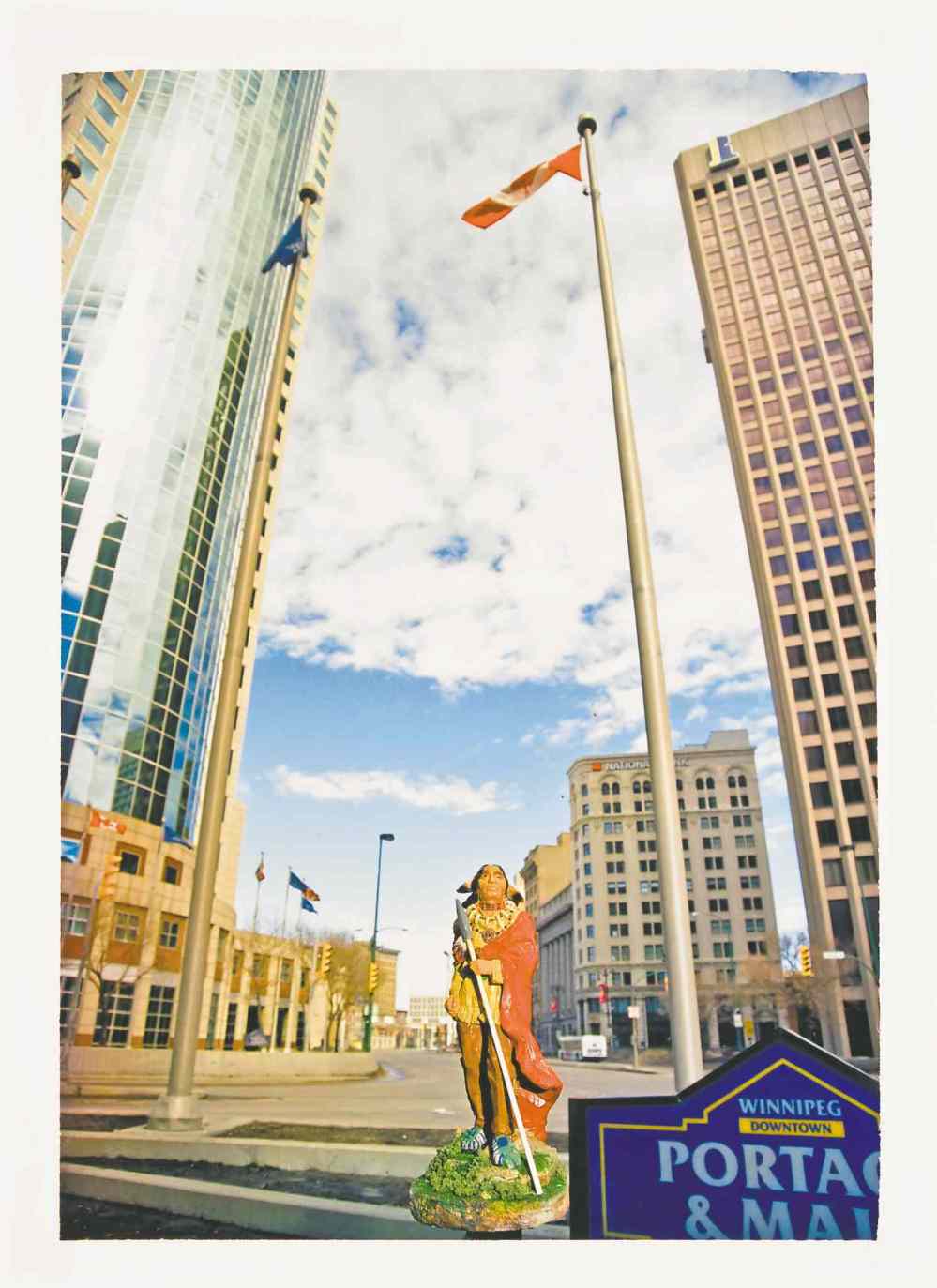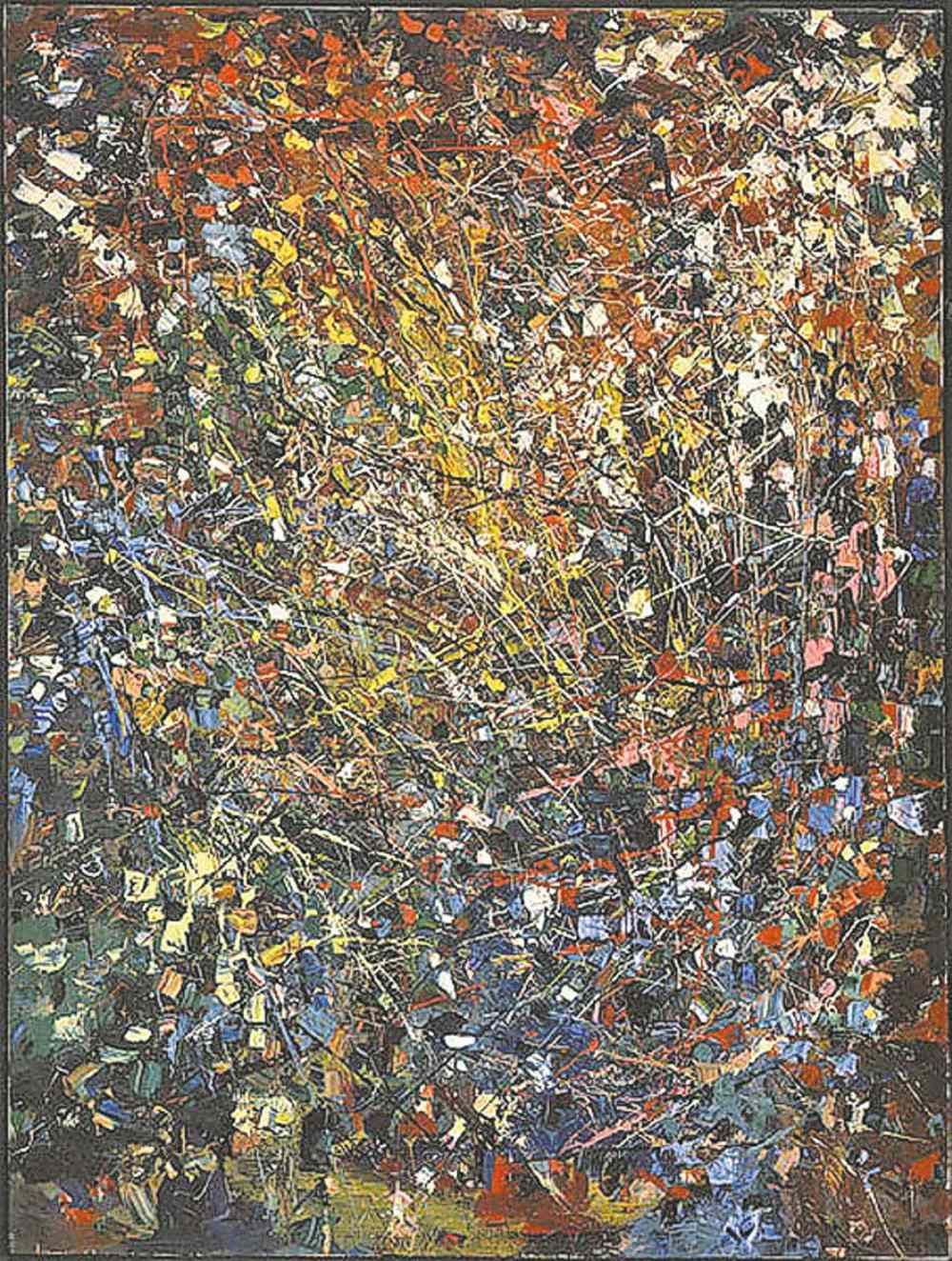Sideshows play to WAG strengths
Exhibitions from gallery's permanent collection shine alongside spotlight on travelling antiquities
Advertisement
Read this article for free:
or
Already have an account? Log in here »
To continue reading, please subscribe:
Monthly Digital Subscription
$1 per week for 24 weeks*
- Enjoy unlimited reading on winnipegfreepress.com
- Read the E-Edition, our digital replica newspaper
- Access News Break, our award-winning app
- Play interactive puzzles
*Billed as $4.00 plus GST every four weeks. After 24 weeks, price increases to the regular rate of $19.00 plus GST every four weeks. Offer available to new and qualified returning subscribers only. Cancel any time.
Monthly Digital Subscription
$4.75/week*
- Enjoy unlimited reading on winnipegfreepress.com
- Read the E-Edition, our digital replica newspaper
- Access News Break, our award-winning app
- Play interactive puzzles
*Billed as $19 plus GST every four weeks. Cancel any time.
To continue reading, please subscribe:
Add Winnipeg Free Press access to your Brandon Sun subscription for only
$1 for the first 4 weeks*
*$1 will be added to your next bill. After your 4 weeks access is complete your rate will increase by $0.00 a X percent off the regular rate.
Read unlimited articles for free today:
or
Already have an account? Log in here »
Hey there, time traveller!
This article was published 19/11/2015 (3592 days ago), so information in it may no longer be current.
While the marble gods and goddesses of Olympus, on loan from museums in Berlin, continue to hold court at the Winnipeg Art Gallery, two recently opened exhibitions offer insightful, engaging views into the WAG’s own collection.
Curated by Jaimie Isaac, We Are on Treaty Land showcases a diverse selection of works by nine First Nations and Métis artists. A reminder of the imperfectly honoured agreements governing Manitobans’ rights and responsibilities to the land, more broadly the exhibition celebrates indigenous perspectives, complex world views shaped by traditional knowledge and historical memory, the legal and spiritual legacies of colonialism, art history and pop culture.
Some works offer pointed critique: photographs by Jeffrey Thomas confront outmoded representations and ongoing legacies of displacement, transposing “cigar-store Indian” figurines into contemporary, contested locations, including Portage and Main and the Canadian Pacific rail yard.

Lita Fontaine’s collage/painting, Pagan, is a literal mashup of indigenous and European influences. In a similar, syncretic spirit, Rosalie Favell casts Louis Riel as the Wizard of Oz and herself as a Xena-watching Métis Dorothy in a digital montage from 1999. KC Adams takes cues from science fiction and fashion photography in her puzzling but now iconic “Cyborg Hybrid” portraits of indigenous cultural workers.
Bridging artistic traditions to construct potent personal languages, small works by the so-called Indian Group of Seven artists Daphne Odjig and Jackson Beardy illustrate their modernist takes on Anishinaabe motifs, while Caje Shand records impressions of The Forks in a frenetic but tightly worked abstract canvas.
An imposing diptych by Robert Houle erases the gap between formal exploration and a conceptual approach to indigenous politics. Taken from the series Premises for Self Rule, it pairs the text of Treaty 1 and an archival photograph with a brushy, verdant green-on-green monochrome, opening up an ambivalent space for reflection.
In an inspired bit of exhibition design, that work gestures to another, diamond-shaped Houle canvas in the next gallery, a minimal, late-1980s abstraction discreetly marked by a quartet of porcupine quills embedded in the paint. Part of Abstract Objectives, a straightforward but highly enjoyable survey of painting and sculpture since 1950, it cleverly links the two exhibitions while underscoring the rightful place of indigenous voices in wider conversations about art.
Objectives picks up at a point when “pure abstraction” was the dominant force in art, a position it couldn’t maintain past the 1960s. The show’s 65-year sweep includes 20 artists (mostly painters, mostly Canadian and mostly men — suggesting at least one area where the WAG’s collection has room to grow) working to innovate and adapt within a constantly shifting artistic landscape.
A diversity of approaches and the tight hanging of large canvases make for a crowded but festive atmosphere — a cocktail-party ambience making it easy to imagine the artists in actual dialogue with one another, as they very often were. Onetime studio-mates Jack Bush and Milly Ristvedt occupy two sides of a movable wall, while elsewhere curator Andrew Kear sketches out a lineage connecting the surrealism-inspired Quebec Automatistes (Jean-Paul Riopelle), Halifax conceptualism (Gerald Ferguson) and puckish, process-oriented Winnipeg 30-something Krisjanis Kaktins-Gorsline.

Whether you enter Treaty Land through the Olympus gift shop (an arrangement that seems at once canny and crummy) or, like me, you’re a returning member looking to bypass the surcharge, both shows play to the WAG’s strengths, offering two different but equally compelling points of entry to its permanent holdings.
Steven Leyden Cochrane is a Winnipeg-based artist, writer and educator.


